Bows have been essential tools for hunting and warfare for thousands of years. Today, they are still widely used for hunting, sport, and recreation. There are several types of bows, each with its own unique design and characteristics.
In this article, we will explore the different types of bows, including traditional bows, compound bows, recurve bows, crossbows, longbows, reflex bows, takedown bows, and youth bows.
We will discuss their designs, characteristics, components, and advantages to help you choose the right bow for your needs.
Different Types Of Bows
1. Traditional Bows
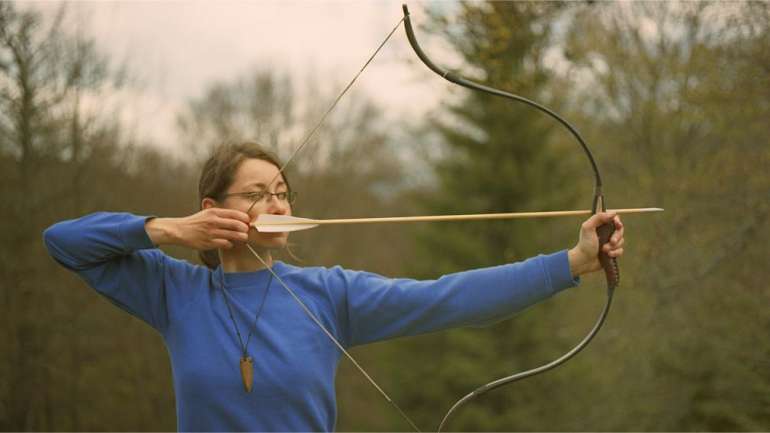
The traditional bows can be traced back many centuries and are usually made from wood or natural materials, such as horn, bone, or antler. These include the Longbows and Recurve bows.
- Designs: The traditional bows usually had the simplest designs which had only one string and a very basic shape without any additional mechanisms.
- Characteristics: They depend on the bowman’s strength and skill in shooting for power and a good aim. They can be found in the shoots of modern bows, as well as in field reconstructions.
- Components: The rudiment of this instrument is wood and for making a string it used to be animal gut or things made of synthetic fibre nowadays.
- Advantages: An easy maintenance, lightweight, and direct connection with the bow and the archer allowing a more traditional shooting style. Moreover, archers can feel a direct connection to the bow, thus, providing the shooter with the traditional style of shooting.
2. Compound Bows
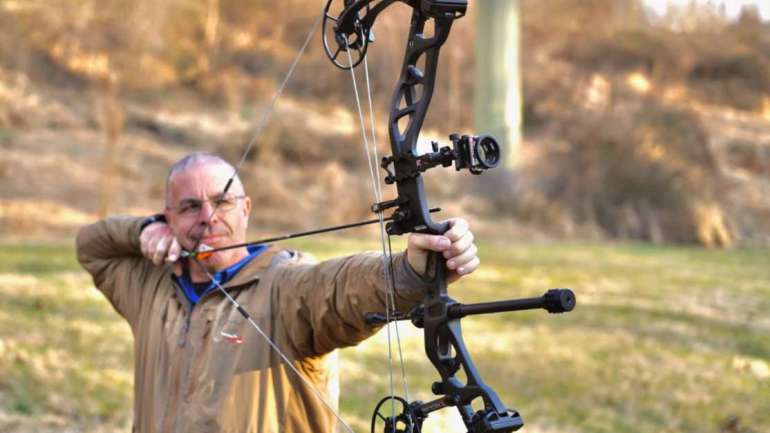
Modern marvels, and compound bows use pulleys and cables to deliver high arrow speeds with less holding weight, favoured by hunters and target shooters alike.
- Designs: Compound bows have a specific shape which is created with the pulley (cam) at the end of every limb and with the cables and strings.
- Characteristics: Instead, they use a cocking mechanism (a cam) which allows them to store energy at full draw, hence reducing the bow’s holding weight and providing for a nice “let-off” (a reduction of draw weight).
- Components: The frame material is made up of aluminum, carbon fiber, and fiberglass, and comes with other variables such as draw length and weight.
- Advantages: High velocity, diminished full draw weight, and better precision due to less sensitivity to adjustments to draw length.
3. Recurve Bows
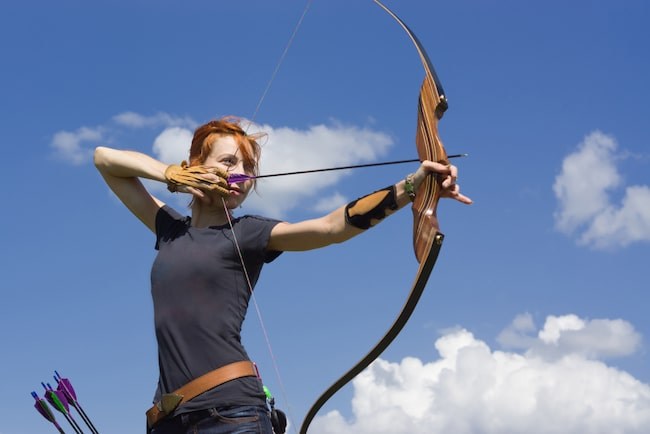
Recurve bows feature limbs that curve away from the archer, offering a balance of power and smoothness, popular in Olympic and traditional archery.
- Designs: They have a unique bell curve form that provides more energy storage and also the speed for the faster arrow.
- Characteristics: Recurve bows are often used in the Olympic archery mostly due to their even draw and forgiving property.
- Components: Around the front of the bow, the materials vary. Fibreglass, wood, and carbon fiber are all used. The limbs form a curve away from the archer.
- Advantages: Higher arrow speed, smoother draw, and they are often more compact for easier transport.
4. Crossbows
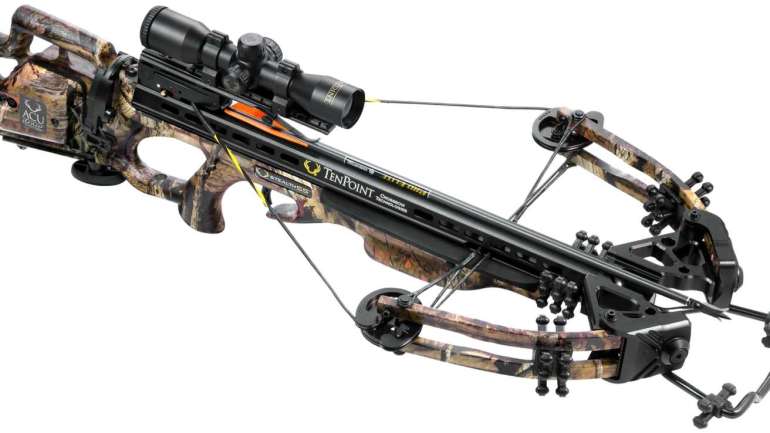
Crossbows, with their horizontal design and trigger mechanism, are user-friendly and powerful, making them ideal for hunting and recreational shooting.
- Designs: They have a stock, bow assembly, and a trigger mechanism similar to firearms.
- Characteristics: Crossbows are known for their ease of use and ability to be held at full draw for extended periods.
- Components: Made of materials like wood, aluminum, and carbon fiber, with limbs that can be recurved or compound in design.
- Advantages: Easy to learn, can be held at full draw for longer periods, and they typically generate higher kinetic energy for better penetration.
5. Longbows
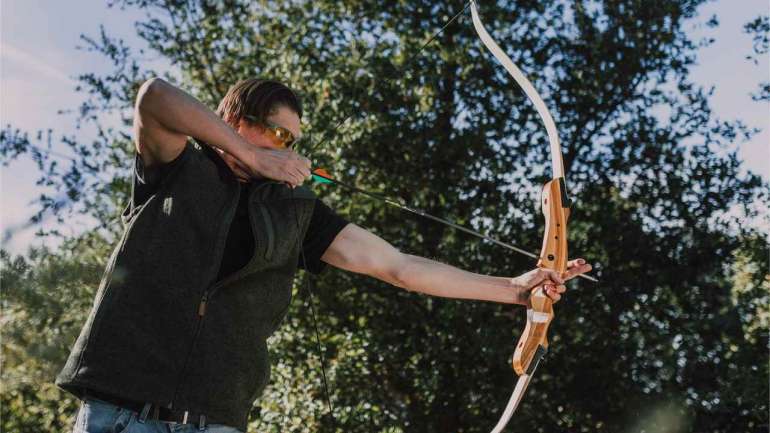
Classic and timeless, longbows are tall and straight, requiring strength and technique for accurate shooting, often seen in historical reenactments.
- Designs: Longbows have a straight limb design with a D-shaped cross-section.
- Characteristics: Longbows rely heavily on the archer’s skill and strength for accuracy and power.
- Components: Typically made of a single piece of wood, such as yew, with a simple string made of linen or hemp.
- Advantages: Simple design, forgiving of poor shooting technique, and they produce a quiet shot compared to other bows.
6. Reflex Bows
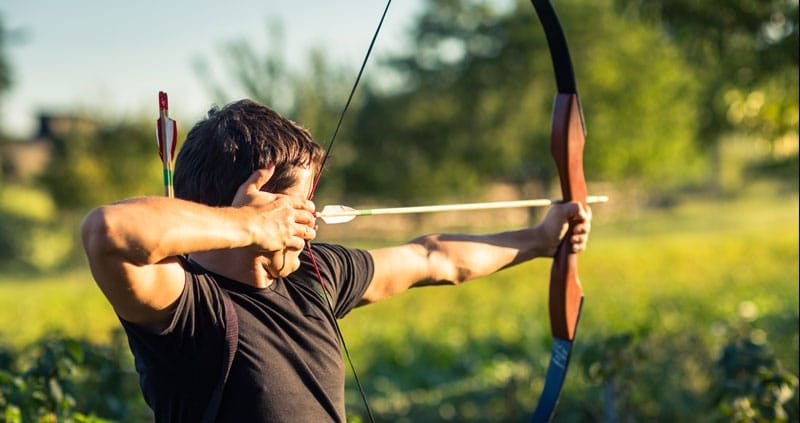
Reflex bows, with limbs that curve away from the archer even when unstrung, are known for their efficiency and high arrow speeds.
- Designs: They have limbs that curve away from the archer, similar to recurve bows but with a more pronounced curve.
- Characteristics: Reflex bows are known for their high arrow speed and efficiency due to the increased energy storage in the limbs.
- Components: Made of materials like fiberglass, carbon fiber, or wood, with limbs that curve away from the archer.
- Advantages: Higher arrow speed, increased efficiency, and they are often more compact for easier transport.
7. Takedown Bows
Takedown bows can be disassembled for easy transport, offering the convenience of portability without sacrificing performance.
- Designs: They have limbs that can be detached from the riser, allowing for compact storage and transportation.
- Characteristics: Takedown bows offer the convenience of portability without sacrificing performance.
- Components: Typically made of separate riser and limbs, which can be attached and detached using screws or other mechanisms.
- Advantages: Easy to transport, can accommodate different draw weights and lengths, and offers the performance of a one-piece bow.
8. Youth Bows
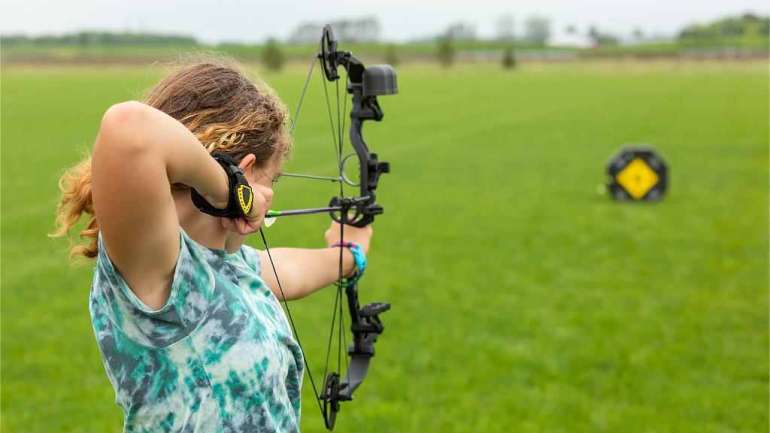
Designed for young archers, youth bows are lightweight and easy to handle, allowing children to learn archery safely and comfortably.
- Designs: They often have smaller dimensions and bright colors to appeal to younger archers.
- Characteristics: Youth bows are easy to handle and allow children to learn proper archery techniques.
- Components: Made of lightweight materials like fiberglass or plastic, with adjustable components to accommodate growing archers.
- Advantages: Lighter draw weights, and shorter lengths, and they are designed to be easy and safe for children to use while learning archery skills.
How To Choose The Right Bow For You
Bow selection should take into account what style of shooting appeals most to you, your personal shooting style, and the hunting type that you intend to do.
While selecting a bow for hunting, bear in mind that different hunting situations require different strengths, shooting skills, and physical endurance. It’s also necessary to try bows of different models and get the expert’s advice to choose the one that you require most.
Here’s a breakdown of how different types of bows are suited to various hunting activities:
1. Traditional Bows
Conventional bows are quite suitable for training purposes or hunters who are inclined to a more serious and genuine procedure.
They may call for more expertise and practice to be perfected but at the same time, they can be very satisfying. Archery bows are versatile and can be used for most small game hunting activities, particularly by those who wish to add a touch of traditional hunting style.
2. Compound Bows
There is an extremely wide versatility with compound bows that make them ideal for all sorts of hunting.
They are highly accurate, powerful, and fast meaning they are applicable in hunting larger animals or also for very long-range shooting. Meanwhile, they are easy to start due to their adjustable options. Because of their features, they are a good choice for deer hunting. And also, they are ideal for both beginners and experienced hunters.
3. Recurve Bows
Recurve bows also can be multi-purpose for every kind of hunting, but are mostly suitable for small game hunting or bird hunting.
These bow models are renowned for their easy draw and fast arrow speed, hence they are perfect for hunting where you have narrow spaces or require a shot that’s fast.
4. Crossbows
The crossbows are perfect for those hunters who want an even rifle-like experience. These bows have high power capabilities so they can be used to hunt larger games.
They are simple to operate and take on a full draw, which is convenient for hunters who have physical limitations or for those who like comfortable shooting styles. The crossbows are amazing in tree stands and the blind take-down hunting.
5. Longbows
The longbow is sturdy and easy to use, making it a good choice for hunting in thick brush or forest environments. They are more silent than compound bows which makes them appropriate to bring down skittish animals. Mostly, they are ideal for bird hunting.
6. Reflex Bows
Reflex bows are like some of the models of longbows and recurve bows. They are one of the fastest and most efficient types of bow, so open spaces, where long-distance shots may be required, are perfect for hunting with them.
7. Takedown Bows
Takedown bows can easily be broken down into several pieces for convenient transport. Therefore, such bows are the most suitable for hunters who have to go a long walk to their hunting location.
They are also really suitable for hunters who often make their trips and need a bow that can be packed up conveniently. Take-down bows are best for hunting small to medium-sized games.
8. Youth Bows
The youth bows are fitted for younger hunters and can be utilized for training in hunting small game and learning archery techniques. They are light as feathers and easy to handle which makes them great for the youth.
Conclusion
In conclusion, the world of archery offers a diverse range of bows, each with its own unique design, characteristics, and advantages.
Whether you’re drawn to the traditional simplicity of a longbow, the precision of a compound bow, or the ease of use of a crossbow, there’s a bow to suit every archer’s needs and preferences.
Choosing the right bow depends on your shooting style, hunting requirements, and personal preferences, so explore your options and find the bow that feels right for you.


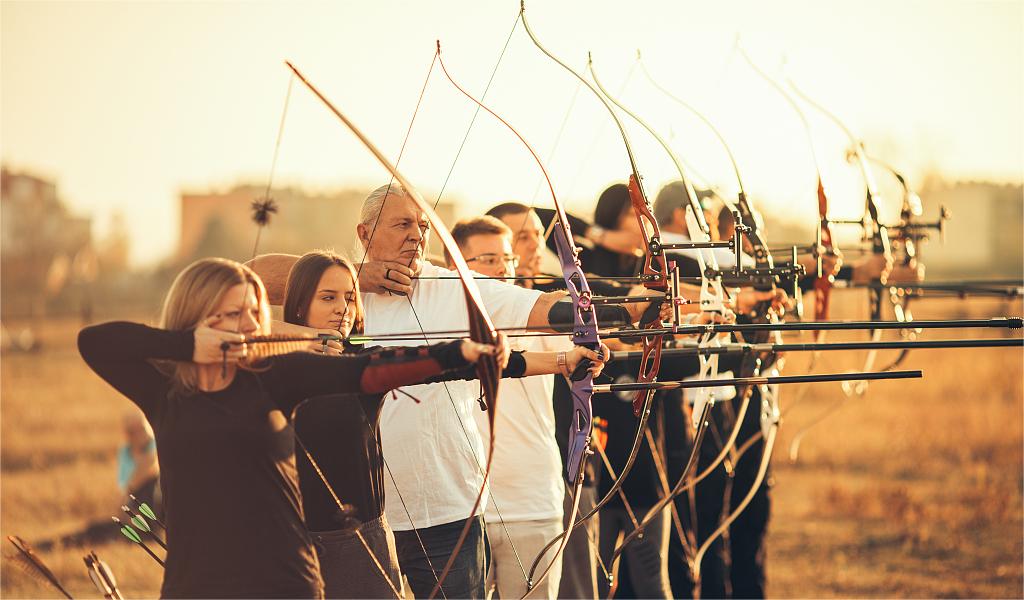
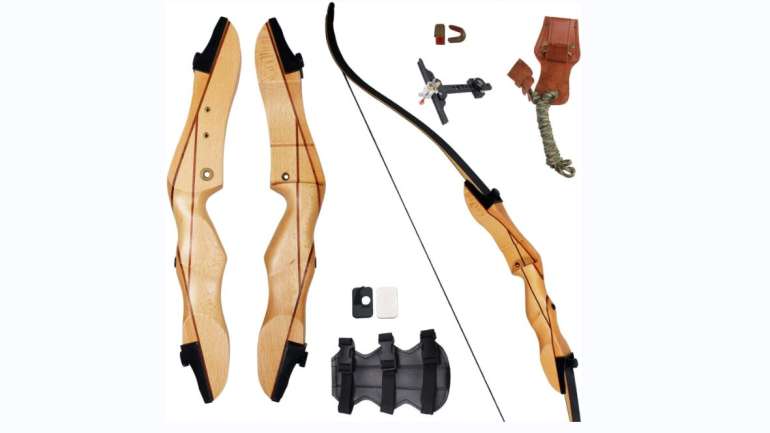



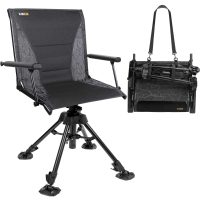









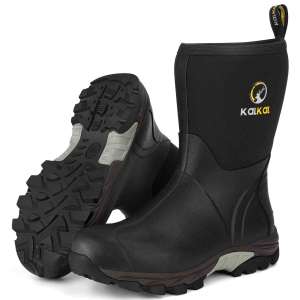

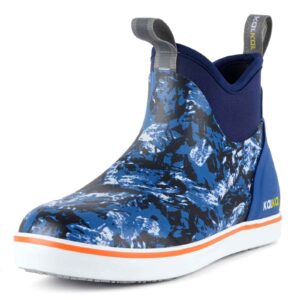


Leave a reply